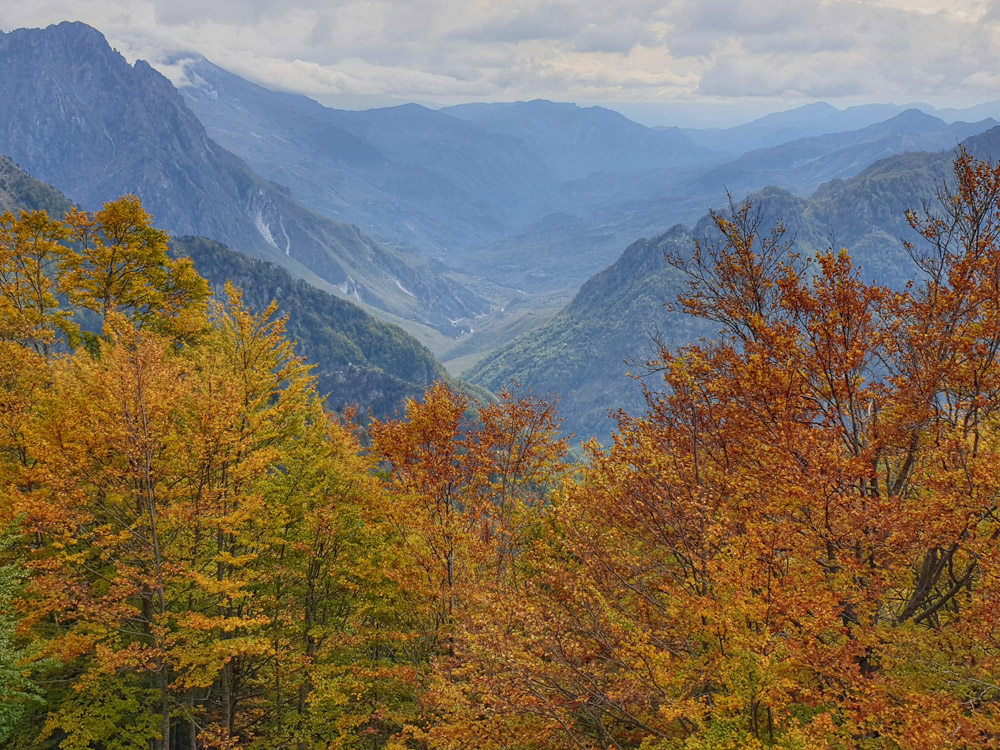Albania has thoroughly defied preconceptions. When I told my friends that I was getting in my car and setting off to tour this country, they were mostly concerned about two things. Is it safe? Aren’t the roads really bad there? I report, there is nothing to fear from either.
As a woman, I was travelling around the country on my own and most of the roads were great new tarmac roads. I didn’t have to miss any of the programs I had planned because I could get everywhere in my little car. In fact, the local driving culture is different from ours. Two-lane roads are turned into three lanes and traffic lights are like street decorations. But in the huge chaos, they look out for each other, and I didn’t feel the aggressiveness that I often feel at home. I quickly got used to the chaotic traffic there, you just have to pick up the pace and smile instead of getting annoyed. Moreover, I was met with a level of hospitality that I think is unmatched on the continent.
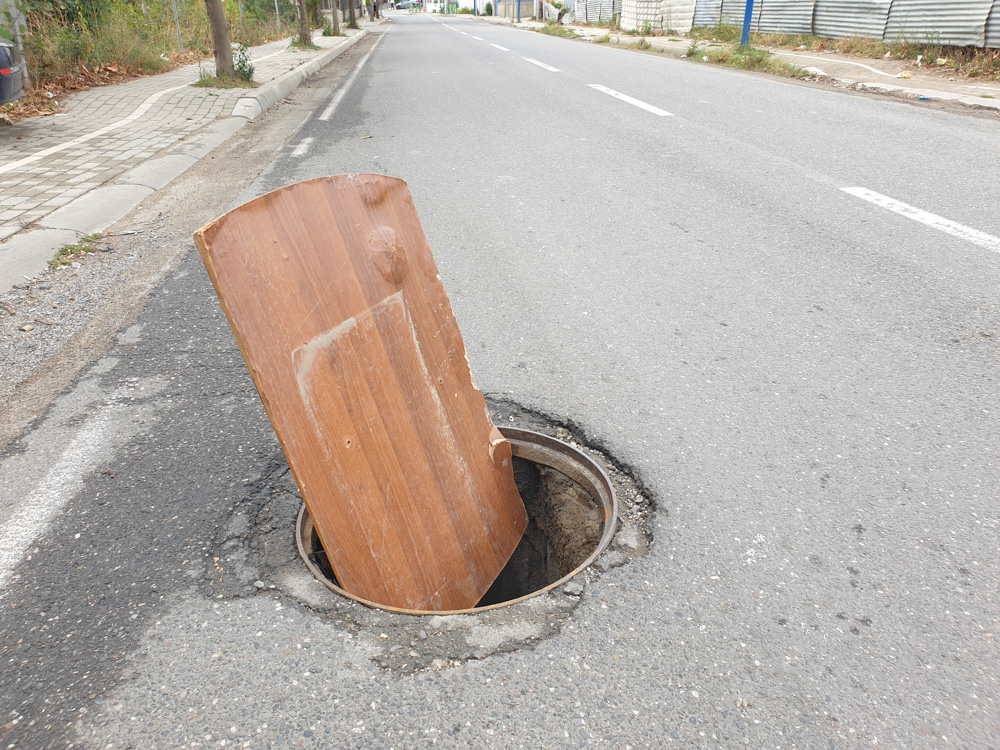
I arrived in Albania from Kosovo and when the first major towns appeared, I kept checking the roadside shops for local SIM cards. Finally I saw a mobile phone company shop, where there were no double-parked cars like elsewhere. In fact, it was really not clear whether parking was even allowed. There were already about 8-10 cars on the side of the road, but on the other side of the road the police were coming to ticket you. I walked across the crosswalk and asked one of them if I was in the right place, and he said no. Then he asked where I was from and when I answered he said with a big smile, “If you’re Hungarian, you can stop anywhere! Go ahead and do your job, we’ll keep an eye on your car!” He even stopped the flow of cars so that I could walk safely back to the other side. It was my first experience of Albanian hospitality, but not my last. As I drove around the country, I constantly felt like a VIP guest!
But beyond the friendly locals and the beautiful beaches, why is this country worth visiting? Cosy little towns, ancient ruins, excellent hiking destinations and great cuisine await you. If I can’t show you everything in one article, here are 10 good reasons why Albania is worth a visit!
1. Bunk’art, Tirana
The best place to start to learn about the country’s history is Tirana’s Bunk’art museum. This 5-storey underground complex was built in the 1970s to house hundreds of rooms in case the political elite had to flee in the event of a nuclear attack. Today, some of the rooms are museums, where you can learn about this era in detail. As the complex has never been used, the furniture, typewriters, conference rooms, etc., which have been accumulated there, can be seen as a time capsule, completely intact.
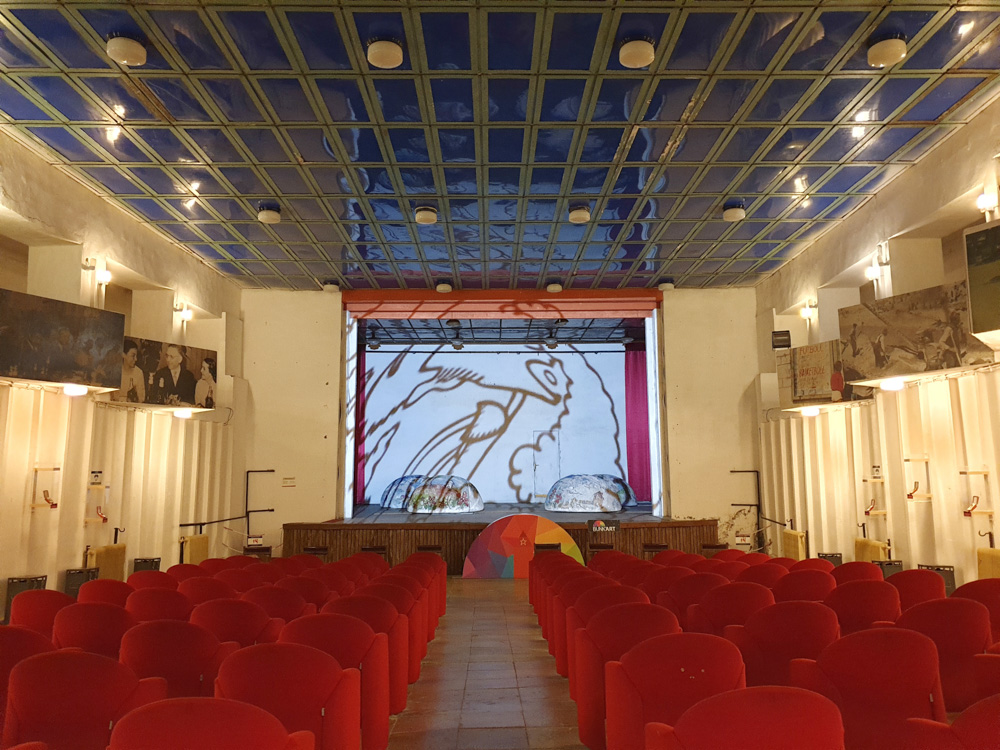
2. Berat
Berat, the ‘city of a thousand windows’ on the Osum River, is a UNESCO World Heritage Site. Berat is not only one of the most beautiful but also one of the oldest settlements in the Balkans, founded in 314 BC by the King of Macedonia. The main attraction of the town is the castle quarter, which is still inhabited today and was built in the 13th century. Beneath it, the snow-white houses, which, seen from across the river, appear to form a single building with ‘a thousand’ windows, are closely packed together.
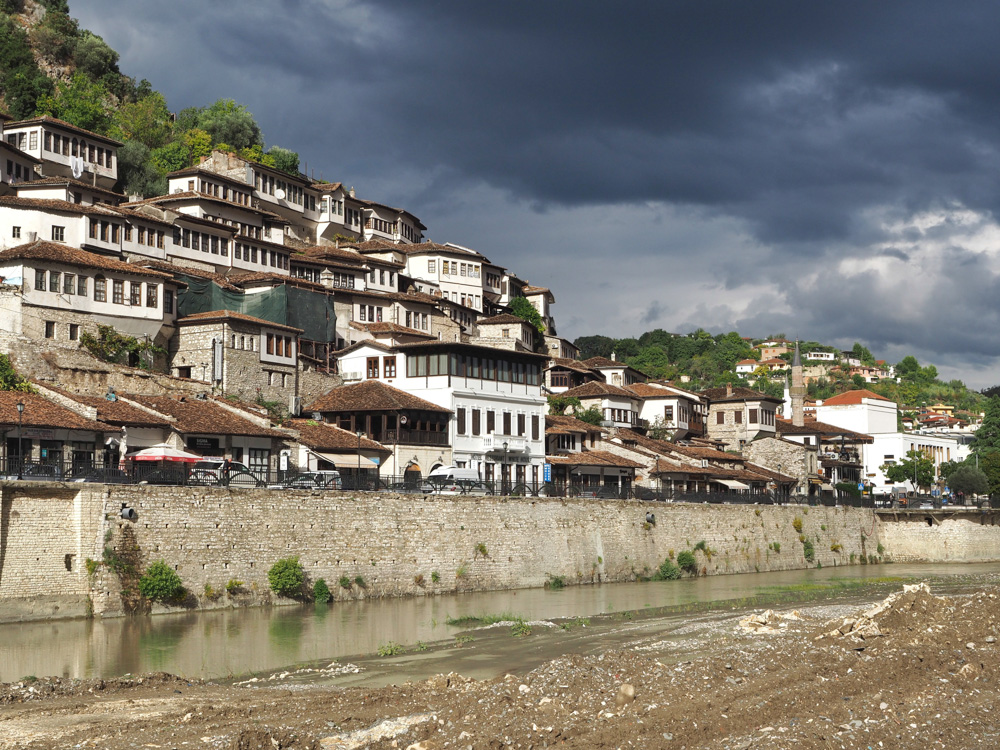
3. Osum Canyon
The same river that flows through Berat also flows through a magnificent canyon. This is one of the country’s most beautiful natural attractions, and in high season it is a favourite destination for white-water rafters. By the end of summer, the water level drops so low that paddling is no longer possible, but the canyon is still a popular tourist destination, with excellent hiking and swimming for the more adventurous.
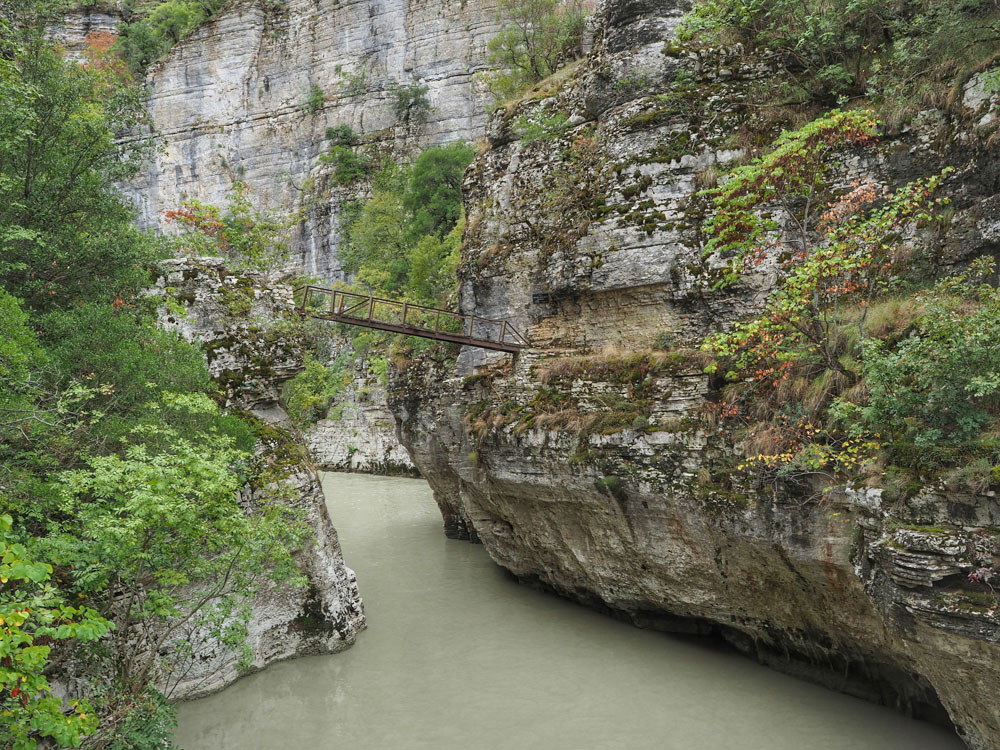
4. Llogara Pass
A real treat for lovers of scenic serpentines is the drive through the Llogara Pass, which leads from the Bay of Vlora to the Albanian Riviera. The two-lane road offers a magnificent view of the Ionian Sea. Here again, I experienced the fantastic kindness of the Albanians. When I reached the beginning of the serpentine, I found that the road was closed for roadworks, so I would have had to take a long detour and a much more boring road to the other side of the mountain. The construction foreman working there, seeing my disappointment, offered to let me drive along the road anyway. He hopped into his car, motioned me to follow him and drove ahead of me like a kind of lead car, accompanied by the wondering glances of the workers.
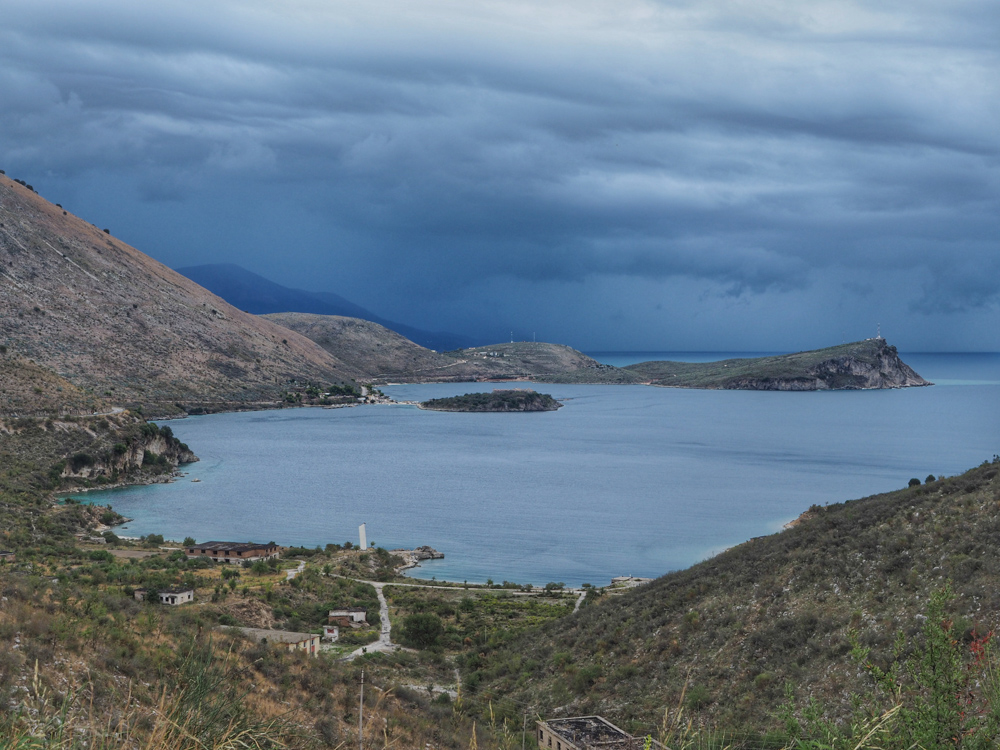
5. Butrint National Park
Butrint National Park, a UNESCO World Heritage Site, is a special experience, as it is both a nature reserve and a site of historical monuments. It has a fantastic collection of artefacts from many periods, from the ruins of a basilica dating from the 6th century BC to a theatre dating from the 3rd century BC and a Venetian tower from the 15th-16th centuries. The area is an architectural textbook, but at the time of my visit much of it was under water due to heavy rainfall. This didn’t deter me, but it did most tourists, so I was able to walk around the park almost undisturbed, if that was at all possible.
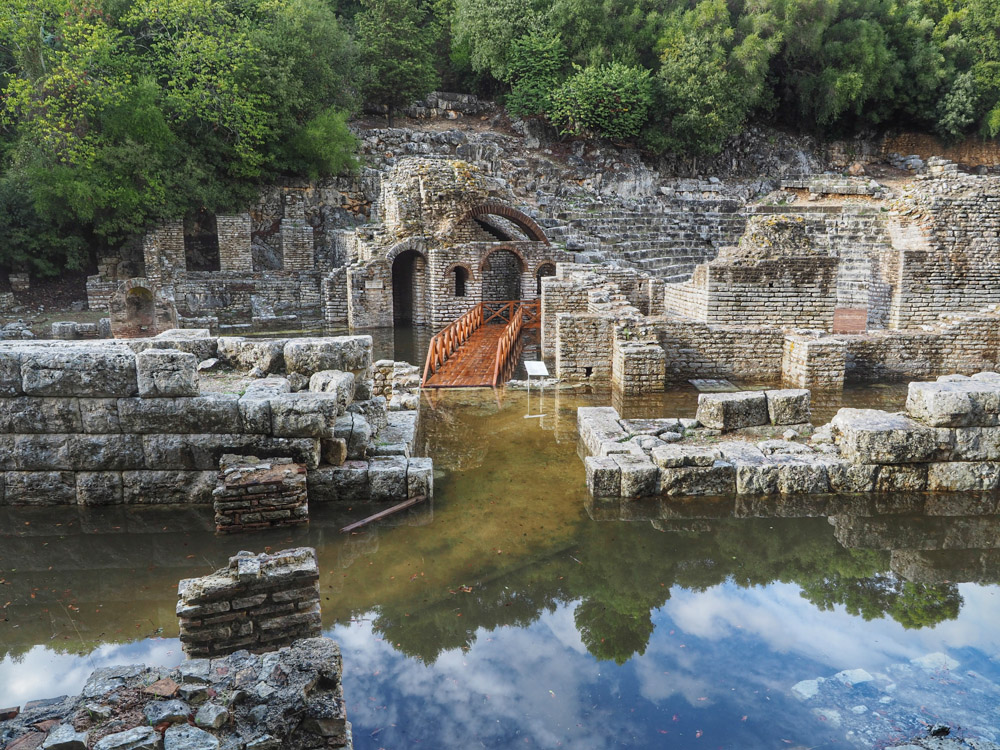
6. Blue eye spring
The blue-eye spring is a magnificent natural phenomenon, where water emerges from a pool at least 50 metres deep. From exactly how deep, we don’t know, because divers have only just discovered it. In any case, the combination of great depth and clear water results in a magically beautiful blue colour, enhanced by the spring’s tropical setting. As it is a nature reserve, swimming is not allowed, but it is a paradise for photographers.
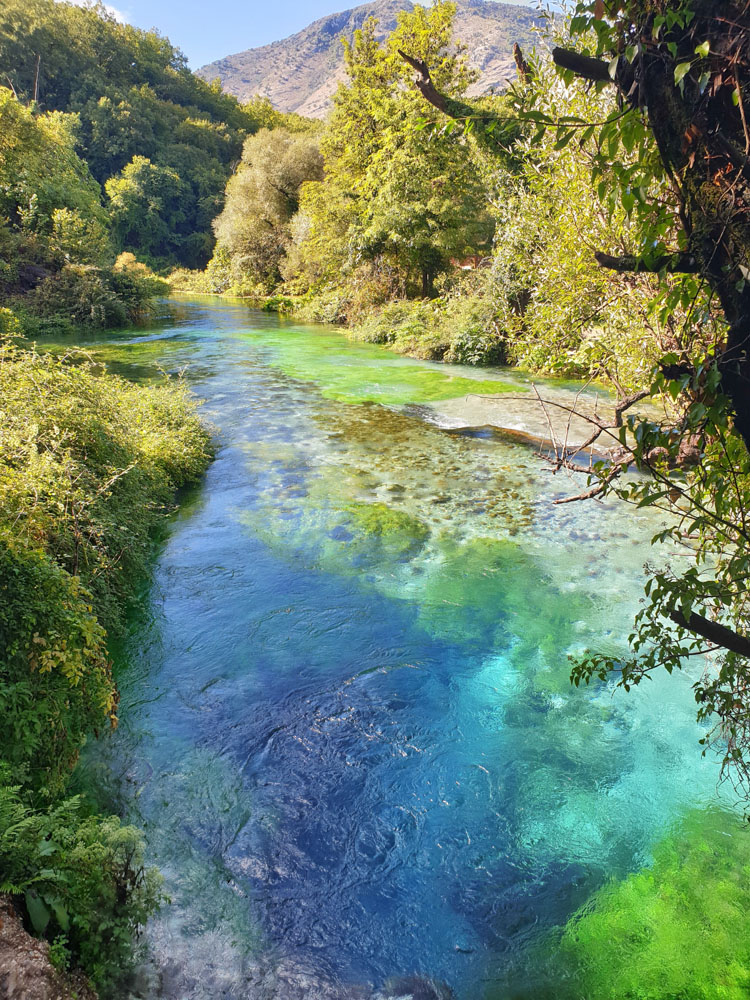
7. Gjirokastra
Gjirokastra is a charming, historic town with three main attractions. I climbed up to the castle first, because it has a great view and also gave me an idea of where everything is. After that I walked down to the old town, a World Heritage Site because of its two-storey houses built in the 17th century. Finally I visited one of the old traditional homes, the Skenduli House, which has been preserved in its original form. The house, built in 1823, was home to a wealthy family of 25 people. The excellent guides showed us the original furnishings, bathrooms and kitchen utensils, giving us an insight into the way of life at the time.
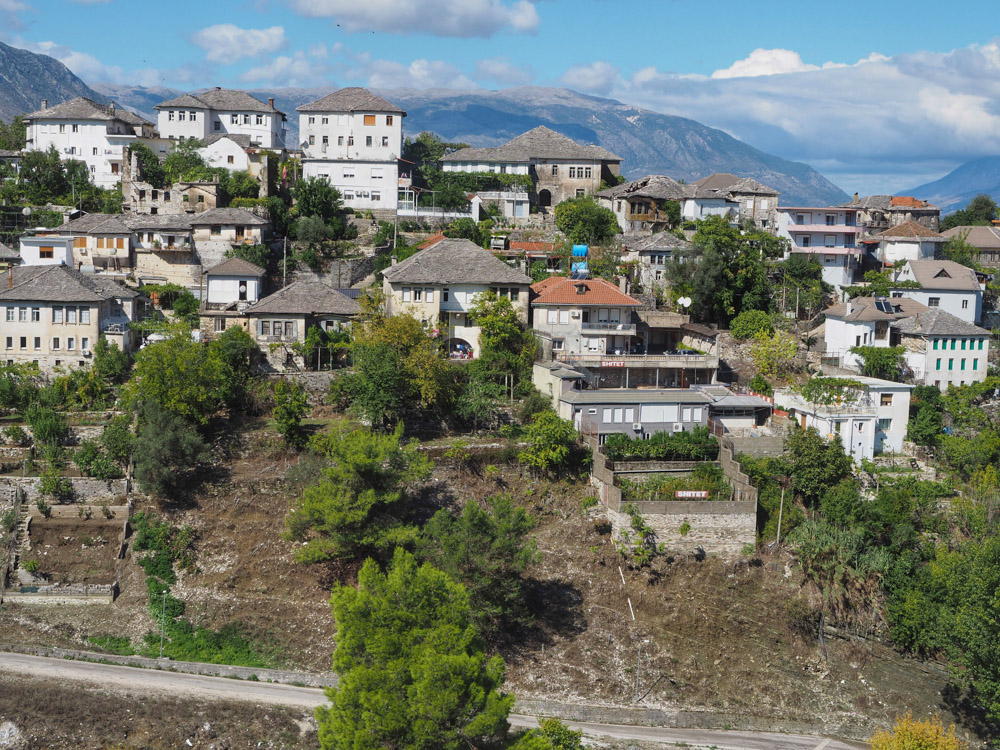
8. Kruja
Kruja castle is the pride of Albania and the town means to the locals what Eger means to us. It was the birthplace of Prince Skander, who fought off the Turks from here. Prince Szkander’s ally was János Hunyadi, which must have contributed to the Albanians’ particular love of Hungarians. The main attraction of the town is of course the castle, which offers a great view of the town, but there is also a charming bazaar.
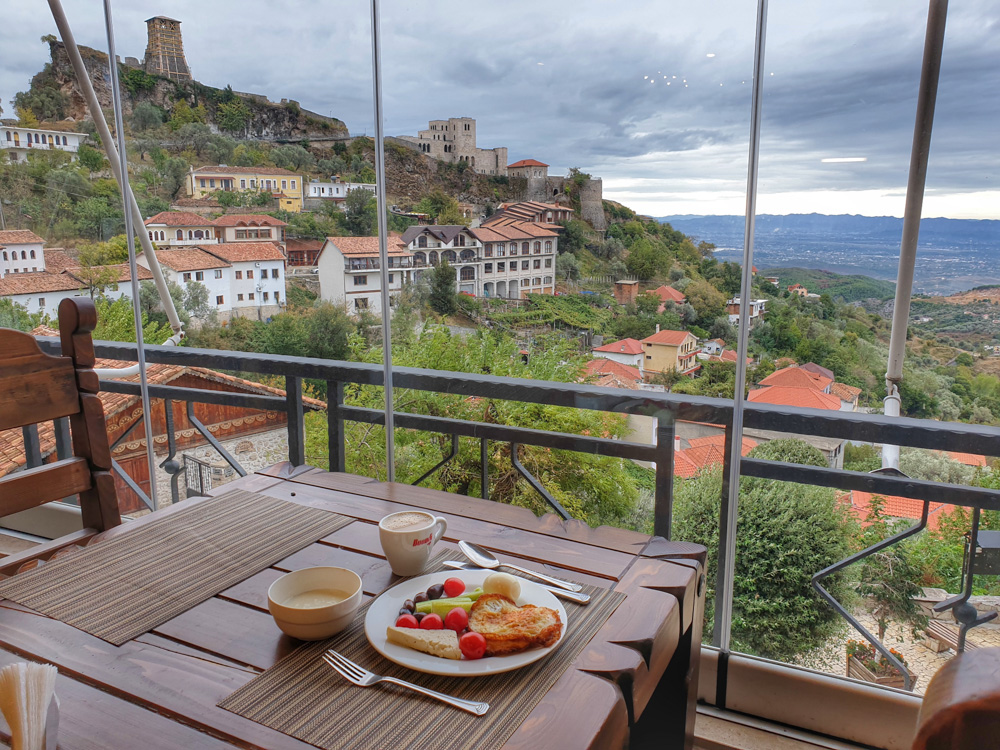
9. Permet
After seeing a photo of the beautiful bridge near Permet, there was no question that I would drive here. A few kilometres from the town, you’ll reach the extremely atmospheric thermal pools and the graceful stone bridge built in 1760. The road leading to the site has only recently been completed, so tourists have not yet discovered the place, mostly locals soak in the pools.
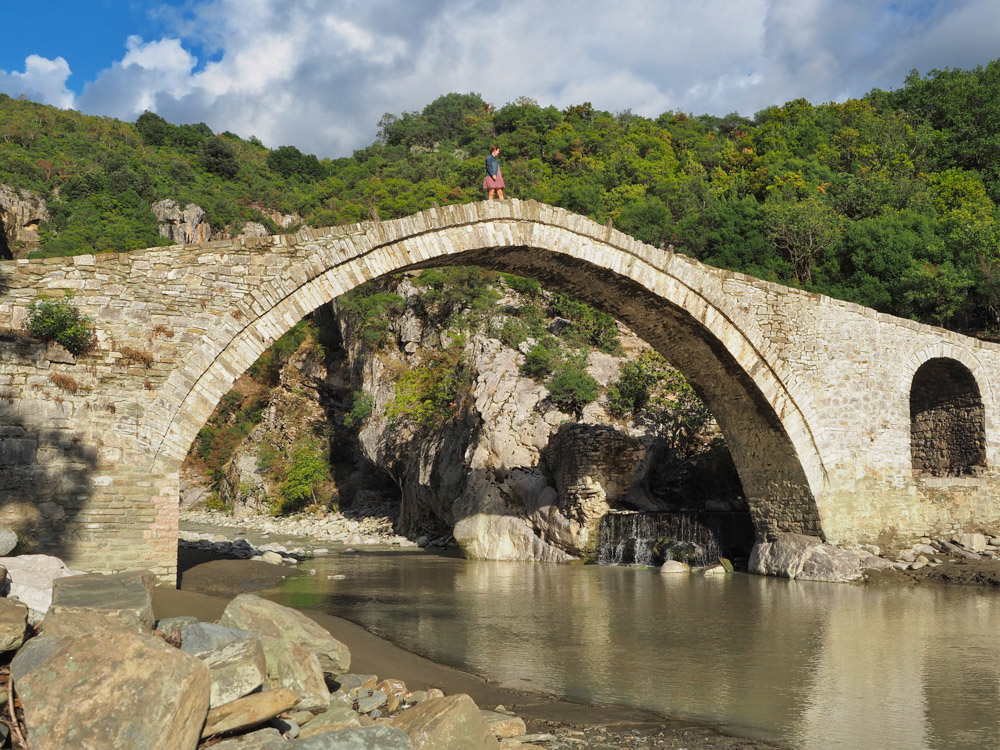
10. Albanian Alps
I left Albania with the magical Albanian Alps to continue my Balkan adventures across the border in Montenegro. A tarmac road to the tiny town of Theth, tucked deep in the national park, has also recently been completed, so if you can handle the serpentines and aren’t frightened by the missing barriers, you can drive along in peace. The scenery is beautiful, with waterfalls and colourful lakes hidden among the mountain peaks. Even though it was a few degrees cooler than the coast, this drive put the icing on the cake for me to fall in love with this wonderful country.
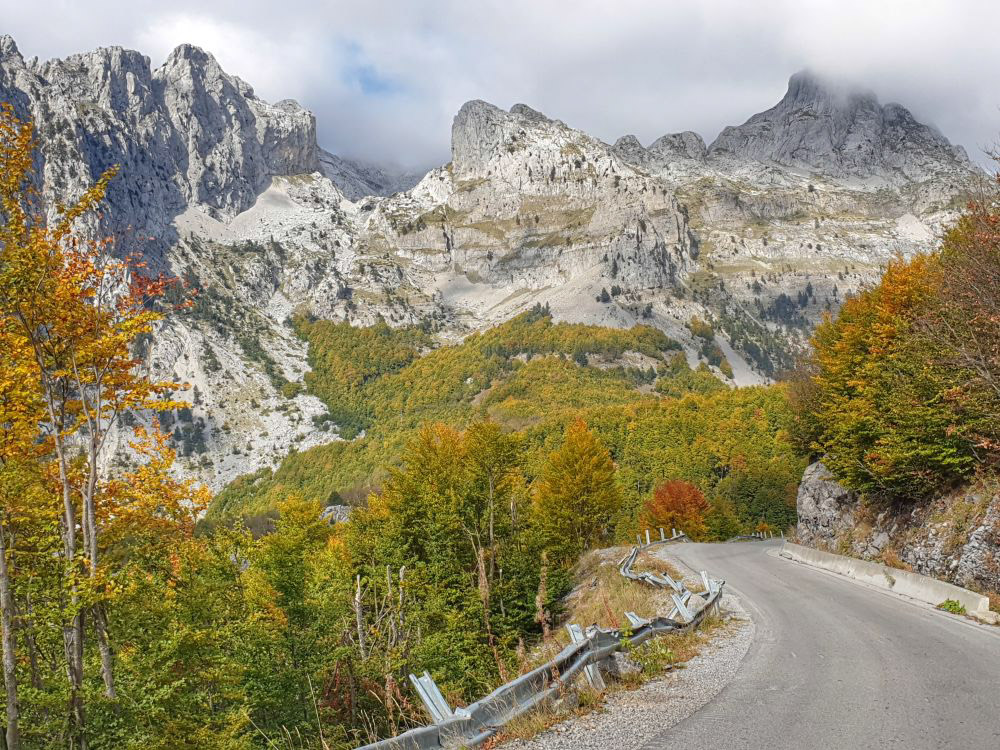
The article was originally published in National Geographic

